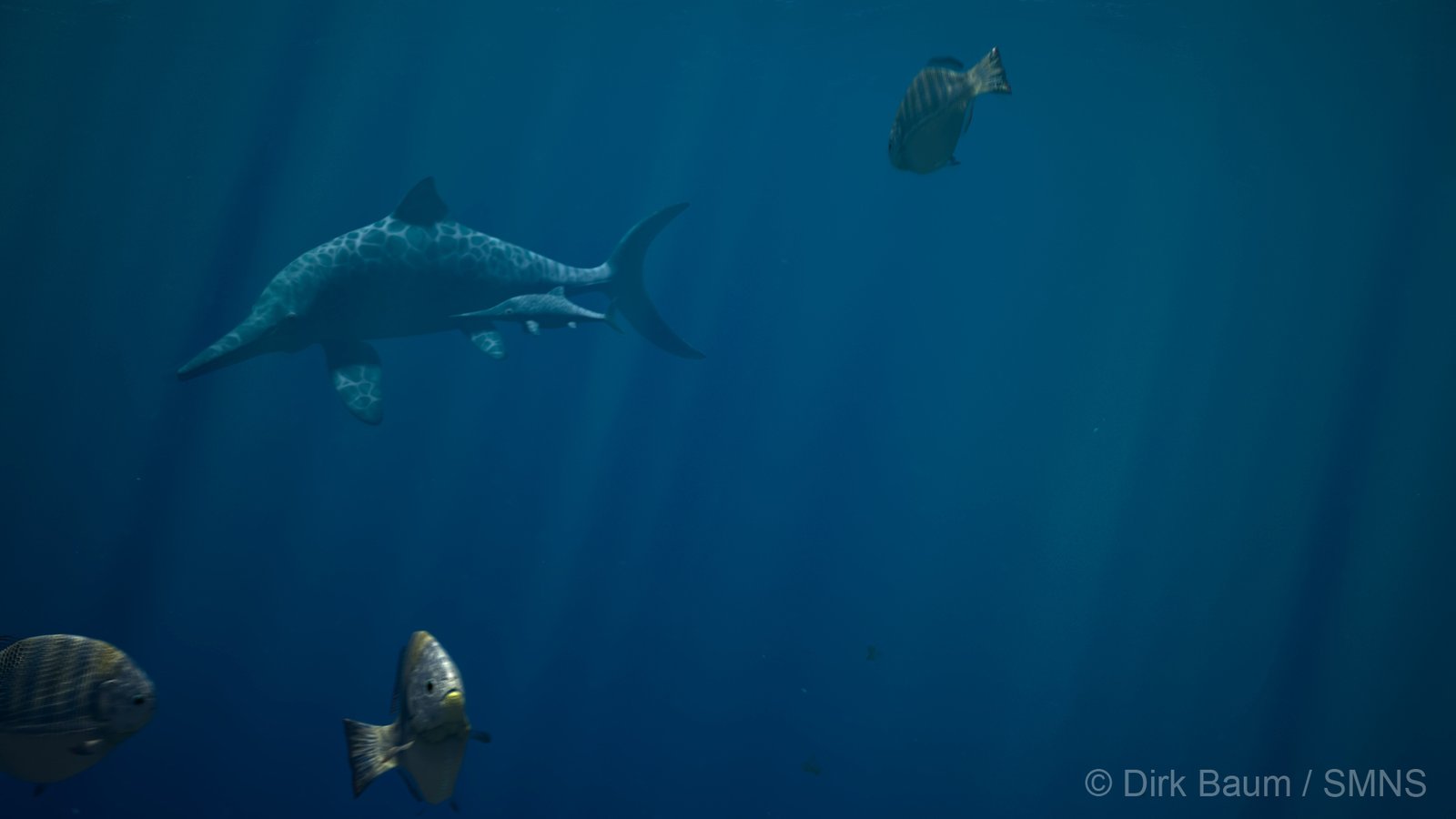A McGill University doctoral student and a professor at the State Museum of Natural History in Stuttgart, Germany have identified a new species of Ichthyosaur — an extinct reptile that swam in the oceans back when dinosaurs still roamed the planet.
Dirley Cortés, a PhD candidate in paleontology, has had an affinity for fossils for as long as she can remember. Born in Colombia, Cortés lived near several archeological digs growing up and made a hobby of collecting fossils for school projects.
While doing research in Germany in 2017, Cortés started studying ichthyosaurs with Erin Maxwell, a curator at the Stuttgart museum.
Ichthyosaurs, which translates to fish lizards, were a group of tuna-shaped reptiles that existed about 200 million years ago. They were first discovered and researched by scientists in the early 1800s, and there have been several species discovered since, ranging from two metres in length all the way up to 10 metres.
«They started around the rise of dinosaurs,» explained Prof. Hans Larsson, director of the Redpath Museum and Dirley’s advisor.
«It had body sizes that ranged from almost humpback whale-sized down to smaller than dolphins and they were pretty spectacularly diverse and successful.»
Intriguing skull
Cortés and Maxwell’s study focused on species related to the Hauffiopteryx typicus, a small 2-metre-long ichthyosaur which was known to inhabit parts of what is now Europe.
The fossils were retrieved in the Posidonia Shale, an Early Jurassic geological formation located at the axis of Austria, the Czech Republic, Germany, Luxembourg, the Netherlands and Switzerland.
«We started by studying some skulls in Germany and there was a specific skull that had a particular morphology,» said Cortés.
The formation of this skull didn’t appear to resemble any of the other specimens they were looking at.
After years of further research, Cortés and Maxwell have now co-authored a study that identifies the fossil as a new species called the Hauffiopteryx altera — a word that translates to ‘different from,’ to signal that this type of Hauffiopteryx was different from anything they’d ever seen before.
With it being nearly 90 years since the most recent discovery of an Ichthyosaur species, the two of them were shocked at their finding.
«It was a pretty exciting moment,» Cortés said. «I mean, we never thought that a new species could be discovered.»
«It’s super cool.»
Cortés and Maxwell estimate this new species would have been particularly small and not much longer than the average human is today.
«We were surprised to discover that this small dolphin-sized specimen, collected decades ago, is a new species,» Maxwell said in a release Thursday.
«There is quite a lot of diversity still waiting to be discovered in our vast museum collections».
The Hauffiopteryx altera fossils will remain part of the Palaeontological Collections of Tübingen University, in Germany.

